Abshir-Sai Unreclaimed Coal Mine. Landslides Due to Anthropogenic Impact.
40°15’1772″N 72°21’9585″E
Quarries, dumps, dust, smoke, poor atmosphere, and intensive open-pit mining cause landslides. The landscape is worse than on the Moon, the air is literally saturated with coal dust, leaving a dark residue everywhere— the accompanying "charms" of coal mining activities in Kyrgyzstan. Currently, coal extraction in the mining industry of Kyrgyzstan is associated with environmental degradation.
The extraction of minerals from the depths is continuously piled on the surface of the overburden rocks. Open-pit mining develops quarries, which are accompanied by the removal of large areas of land. Most of these dumps require constant land reclamation, which is practically not adhered to by mining enterprises.
Excavators scoop out layers of lignite, leaving behind deep pits and holes. Before reaching the coal, they have to remove the upper layers of soil, gravel, sand, and clay. Nearby, mounds of dead soil rise up.
People living near coal mining sites are heavily exposed to coal dust, leading to respiratory diseases and allergies. Mining waste contains heavy metals and other toxic substances that can enter groundwater and the air. Another issue is radioactivity. Lignite contains uranium, thorium, and potassium-40. There is a high risk of mass non-communicable diseases among children associated with exposure to air pollution from suspended particles, formaldehyde, and nitrogen oxides.
Conducting mining technical reclamation is a necessary measure, as the reclamation of disturbed lands has significant economic and environmental protection importance due to the scarcity of land resources and the negative impact of industrial development on the environment. Currently, the soil cover has not been formed on the dump sites, and self-reclamation has not occurred.
Quarries, dumps, dust, smoke, poor atmosphere, and intensive open-pit mining cause landslides. The landscape is worse than on the Moon, the air is literally saturated with coal dust, leaving a dark residue everywhere— the accompanying "charms" of coal mining activities in Kyrgyzstan. Currently, coal extraction in the mining industry of Kyrgyzstan is associated with environmental degradation.
The extraction of minerals from the depths is continuously piled on the surface of the overburden rocks. Open-pit mining develops quarries, which are accompanied by the removal of large areas of land. Most of these dumps require constant land reclamation, which is practically not adhered to by mining enterprises.
Excavators scoop out layers of lignite, leaving behind deep pits and holes. Before reaching the coal, they have to remove the upper layers of soil, gravel, sand, and clay. Nearby, mounds of dead soil rise up.
People living near coal mining sites are heavily exposed to coal dust, leading to respiratory diseases and allergies. Mining waste contains heavy metals and other toxic substances that can enter groundwater and the air. Another issue is radioactivity. Lignite contains uranium, thorium, and potassium-40. There is a high risk of mass non-communicable diseases among children associated with exposure to air pollution from suspended particles, formaldehyde, and nitrogen oxides.
Conducting mining technical reclamation is a necessary measure, as the reclamation of disturbed lands has significant economic and environmental protection importance due to the scarcity of land resources and the negative impact of industrial development on the environment. Currently, the soil cover has not been formed on the dump sites, and self-reclamation has not occurred.

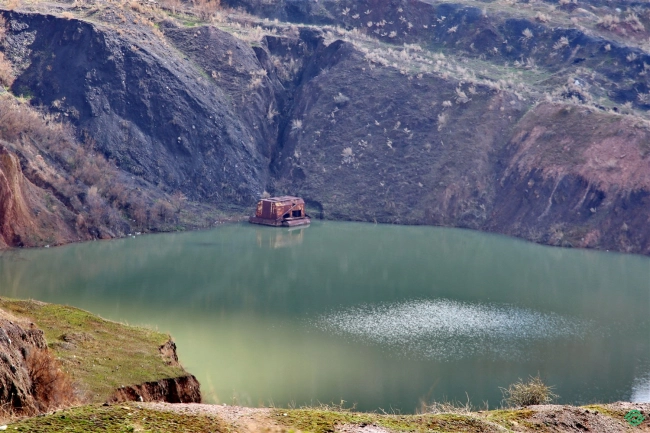

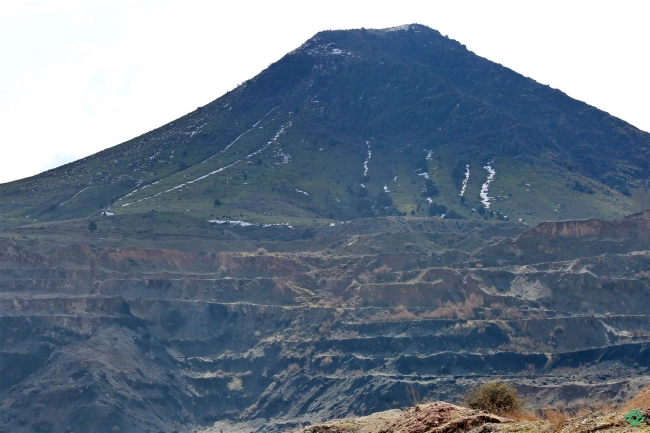
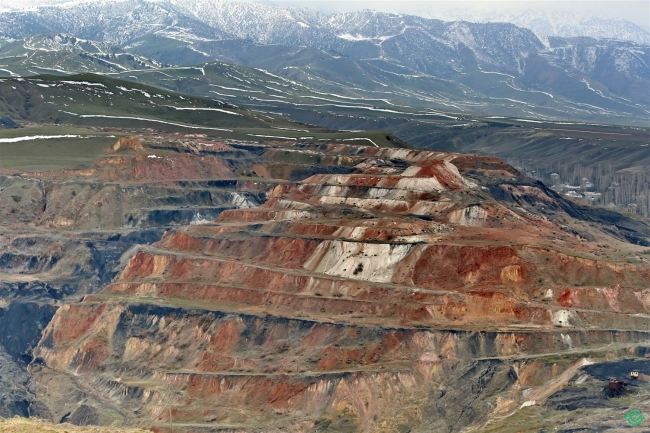


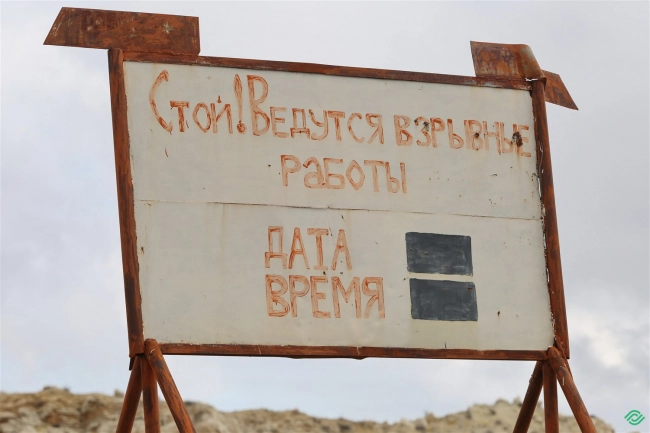
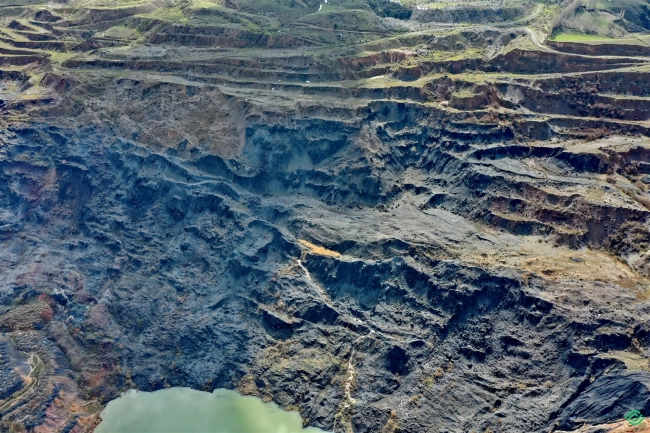
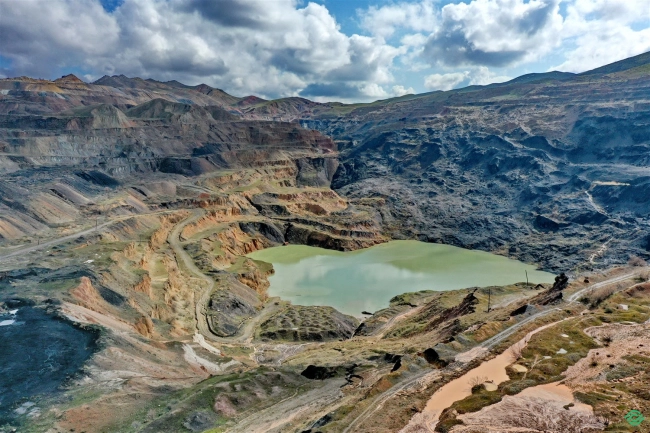


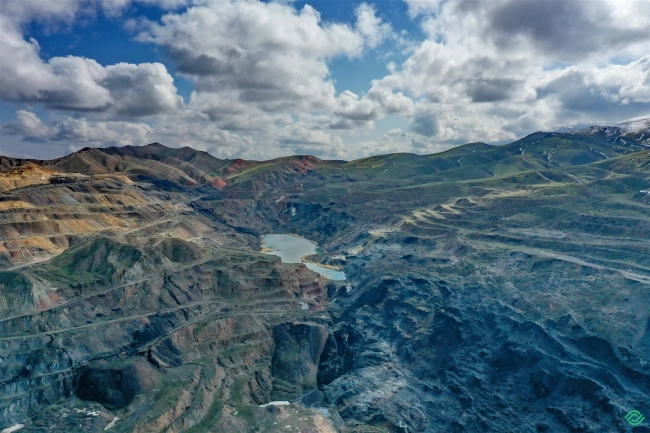
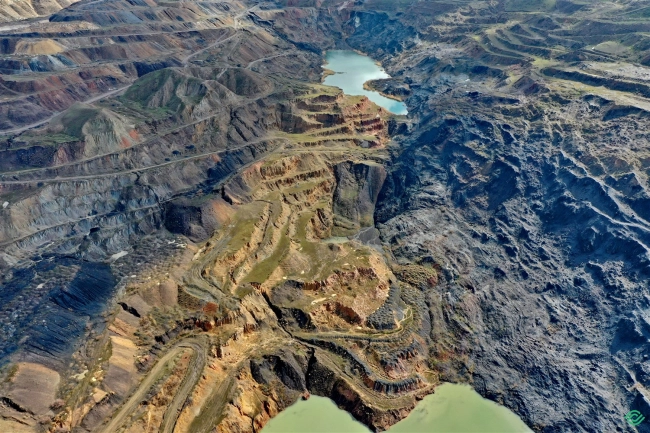
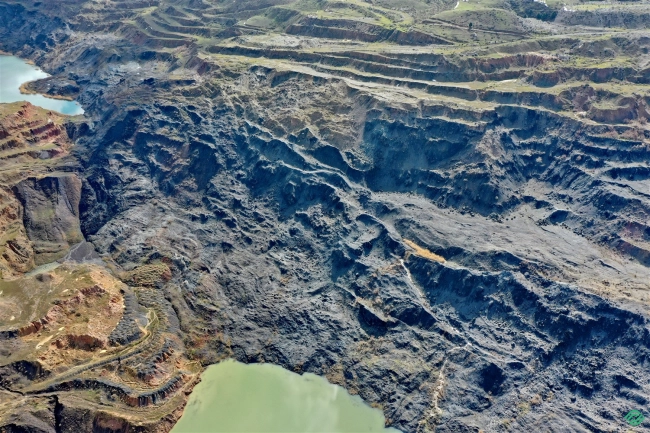
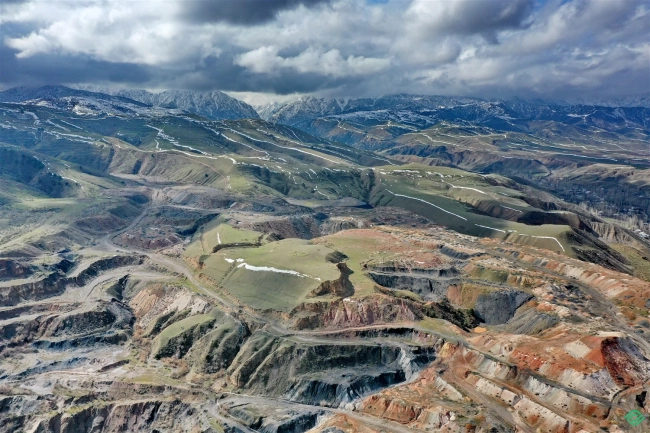


















Attention: Information based on submitted complaints